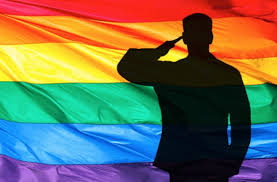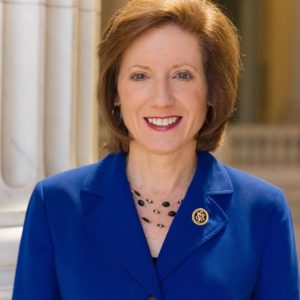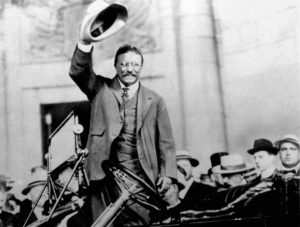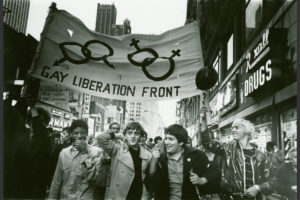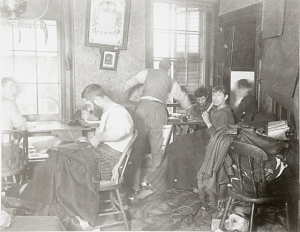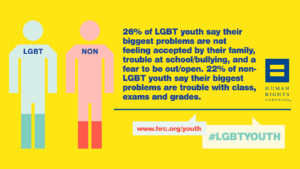 American claims to be the free and the land of the brave. Unfortunately, we still need to do a lot to make sure it is a place equal for everyone. I believe anyone who is able to serve in the military has a right to do so. To truly live up to what America is supposed to be, we have to spread tolerance, have empathy, and fight for equality.
American claims to be the free and the land of the brave. Unfortunately, we still need to do a lot to make sure it is a place equal for everyone. I believe anyone who is able to serve in the military has a right to do so. To truly live up to what America is supposed to be, we have to spread tolerance, have empathy, and fight for equality.
Why LGBTQ+ bans Should Be Repealed and Why you should help
Unjustified bans on the LGBTQ+ breeds hate, ignorance, and intolerance within the military and America. LGBTQ+ members have served in the military throughout United States history since the American Revolution. By applying bans, the military just loses valuable members.
No Harm to Military
Studies have been done saying that the LGBTQ+ community harms the military and there are also many studies that say the opposite. The truth is that there is not enough data or openness about LGBTQ+ service members. Something to think about is the fact that without any data, no side can be proven. The justification of bans on LGBTQ+ starting in the 1950s had no real basis in reality. From the information that does exist today, it can be argued that LGBTQ+ poses no considerable harm to military strength, cohesion, or healthcare.
Healthcare
One study found a dramatic difference in health issues for LGBTQ+ and non-LGBTQ+ individuals in civilians. Due to DADT being repealed only recently, some are looking to non-service members to predict the differences in health care needs. “Studies of LGBT civilians from the general population indicate that there are important health differences between LGBT civilians and non-LGBT civilians. In civilian studies, LGBT individuals consistently show increased stress and psychological vulnerability when compared to their non-LGBT peers Specifically, LGBT civilians have higher rates of depression, anxiety, posttraumatic stress disorder, and substance use and abuse compared to non-LGBT individuals” 1. That being said, “When it comes to health, men are the weaker sex” 2. One study found “Black, Hispanic, and other/multiple race veterans reported much worse health than White veterans” 3. Factors in life, in biology, differences in socially accepted behavior, and discrimination all affect the health of everyone in America. By arguing that LGBTQ+ members are more at risk for certain diseases seems weak compared to this evidence. Saying White men shouldn’t serve because they are at higher risk to “become alcoholics, or to have bladder cancer” 4 seems like a ridiculous notion to many. Every military service member can have multiple health issues, just because they are different does not mean that they will cost the military a dramatic amount of money. There are also plenty of studies done that have evidence that LGBTQ+ has no extreme differences in medical health. (See the arguments for LGBTQ+ tab). This shows that whatever differences may exist are not so great that it would cause an extensive gap between LGBTQ+ and non-LGBTQ+
How to Help
Multiple organizations help LGBTQ+ individuals in all aspects of life. GLAAD uses multiple tools such as the new, social media platforms, and entertainment to
boost acceptance of LGBTQ+. The Trevor Project was founded for suicide prevention and protection of LGBTQ+ youths who are disproportionally affected by mental health issues such as depression. The Modern Military Association is the nation’s largest non-profit organization helping LGBTQ+ veterans receive equal and fair treatment. All of these organizations accept volunteers. Individually, there are many ways to help the acceptance of LGBTQ+ individuals. First, one can elect public officials who support the LGBTQ+ community. Legislation can be revolutionary, take laws against child labor, protection for domestic abuse victims, and the landmark Civil Rights law of 1964. All these laws helped to change the world and how individuals are treated for the better and laws regarding LGBTQ+ individuals in the military are no different.
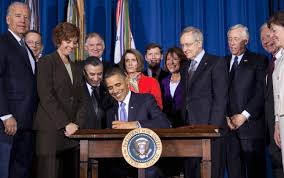
The remarkable law passed by Obama repealing DADT and the Supreme Court deciding to make homosexual marriage legal in all states are examples of how political officials can make a difference if elected into office. Legislation has the power to determine right from wrong. It is an idea that over a long period of time, can shape the moral outlook of society. Laws preventing discrimination and hate eventually creates a society where persecution is frowned upon. Another way an individual can help is by informing themselves and others. By educating the younger generations and proving harmful myths wrong, public opinion can be changed. The power that public opinion has over society is unbelievable. That is why changing public opinion and military views are so important for acceptance. Legislation can be made, but it doesn’t immediately fix inequality. Take the 1964 civil rights amendment. Despite it being illegal to be discriminatory toward minorities like African Americans, it still was a constant. People cannot change overnight and even today there is still plenty of persecution, but people can no longer be outwardly hateful without repercussions. When the general public agrees something is wrong, people will do what they can to stop that injustice. If the majority of Americans agree that LGBTQ+ should not be discriminated against and takes action against persecution, a more equal society can be created. It all starts with individuals that come together to create a movement.
Citations and Footnotes
1 Goldbach, Jeremy T., and Carl Andrew Castro. “Lesbian, Gay, Bisexual, and Transgender (LGBT) Service Members: Life After Don’t Ask, Don’t Tell.” Current Psychiatry Reports, 2016. https://doi.org/ 10.1007/s11920-016-0695-0.
1/ 4 Grimm, Alexandra. 2015. “War of the Words – Harvard Political Review.” University Wire, Feb 23. http://library.ramapo.edu:2048/login?url=https://search-proquest-com.library2.ramapo.edu:2443/docview/1862979836?accountid=13420.
3 Sheehan, Connor M, Robert A Hummer, Brenda L Moore, Kimberly R Huyser, and John Sibley Butler. “Duty, Honor, Country, Disparity: Race/Ethnic Differences in Health and Disability among Male Veterans.” Population research and policy review. U.S. National Library of Medicine, Decem
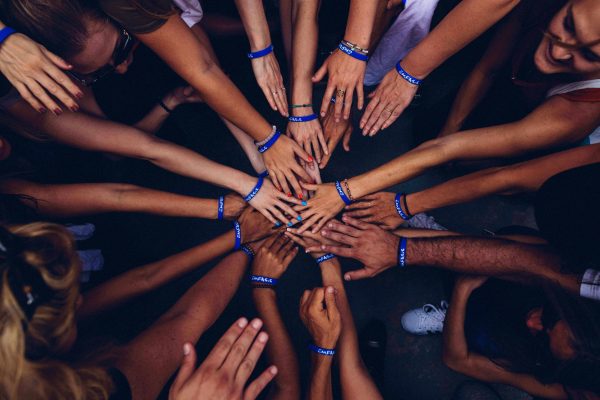




 I ran into multiple dead ends with researching databases until the discovery of Jstor text analyzer and Ramapo’s potter library online book search. I found one book that gives a vast history of LGBTQ+ evens all over the world involving all sorts of people. I finally found information about the Vietnam war and LGBTQ+ in the military during that time. On Jstor, I found information about DADT and actual accounts of how that affects non-LGBTQ+ and LGBTQ+ members. I also found information about gay church movements. My next step is talking about the Lavender scare and that was made extremely easy by a Jstor article I found. I am having trouble remembering what source said what though due to the massive amount of information I need that is spread out through many books and articles.
I ran into multiple dead ends with researching databases until the discovery of Jstor text analyzer and Ramapo’s potter library online book search. I found one book that gives a vast history of LGBTQ+ evens all over the world involving all sorts of people. I finally found information about the Vietnam war and LGBTQ+ in the military during that time. On Jstor, I found information about DADT and actual accounts of how that affects non-LGBTQ+ and LGBTQ+ members. I also found information about gay church movements. My next step is talking about the Lavender scare and that was made extremely easy by a Jstor article I found. I am having trouble remembering what source said what though due to the massive amount of information I need that is spread out through many books and articles.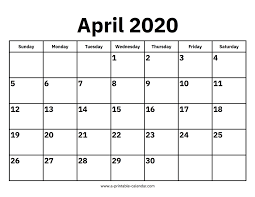 I have been trying to trim down my website to make it easier, but it is difficult to choose what to exclude. For example, I cut down the history two to tabs, removed the people tab, removed the tab about military opinions, and so on. Now I have limited the research I have done on that and have now incorporated it into another tab. I have been able to finish the about me tab, the general information tab, half of the history tab, and two-thirds of the public opinion tab. I have to finish the solutions tab, the change and why tab, and the personal accounts tab. I hope to finish the public opinion and history tab this week and move on to the next tab, personal accounts. I hope each tab will take me a week to do.
I have been trying to trim down my website to make it easier, but it is difficult to choose what to exclude. For example, I cut down the history two to tabs, removed the people tab, removed the tab about military opinions, and so on. Now I have limited the research I have done on that and have now incorporated it into another tab. I have been able to finish the about me tab, the general information tab, half of the history tab, and two-thirds of the public opinion tab. I have to finish the solutions tab, the change and why tab, and the personal accounts tab. I hope to finish the public opinion and history tab this week and move on to the next tab, personal accounts. I hope each tab will take me a week to do.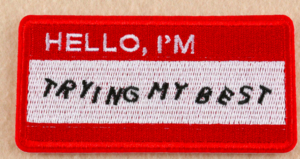 Tikitok looks nice but was difficult to use. I also figured out that you cannot embed the timeline on a website without paying, which is awful. I have also tried to include infographics but cannot seem to figure out how to use canva and other such online resources. My go-to is adding pictures and citing them or looking for an image labeled for reuse.
Tikitok looks nice but was difficult to use. I also figured out that you cannot embed the timeline on a website without paying, which is awful. I have also tried to include infographics but cannot seem to figure out how to use canva and other such online resources. My go-to is adding pictures and citing them or looking for an image labeled for reuse.
